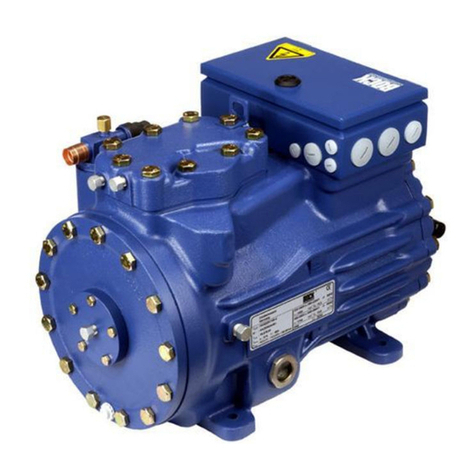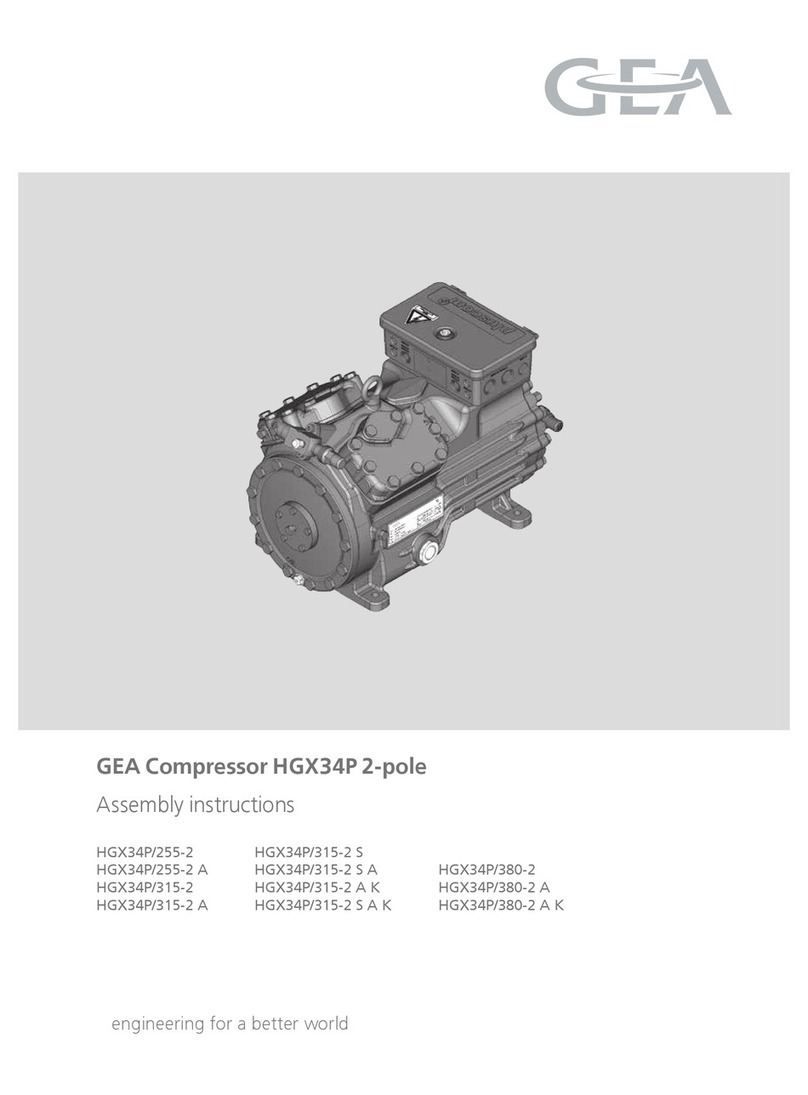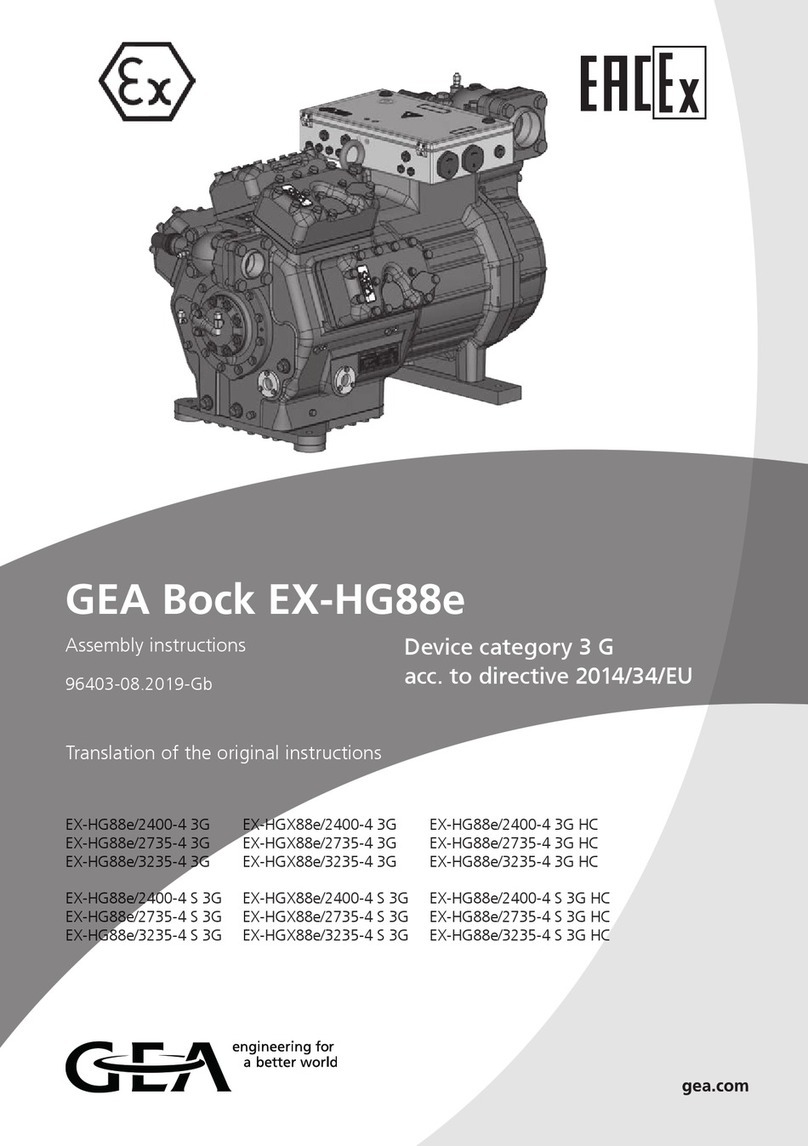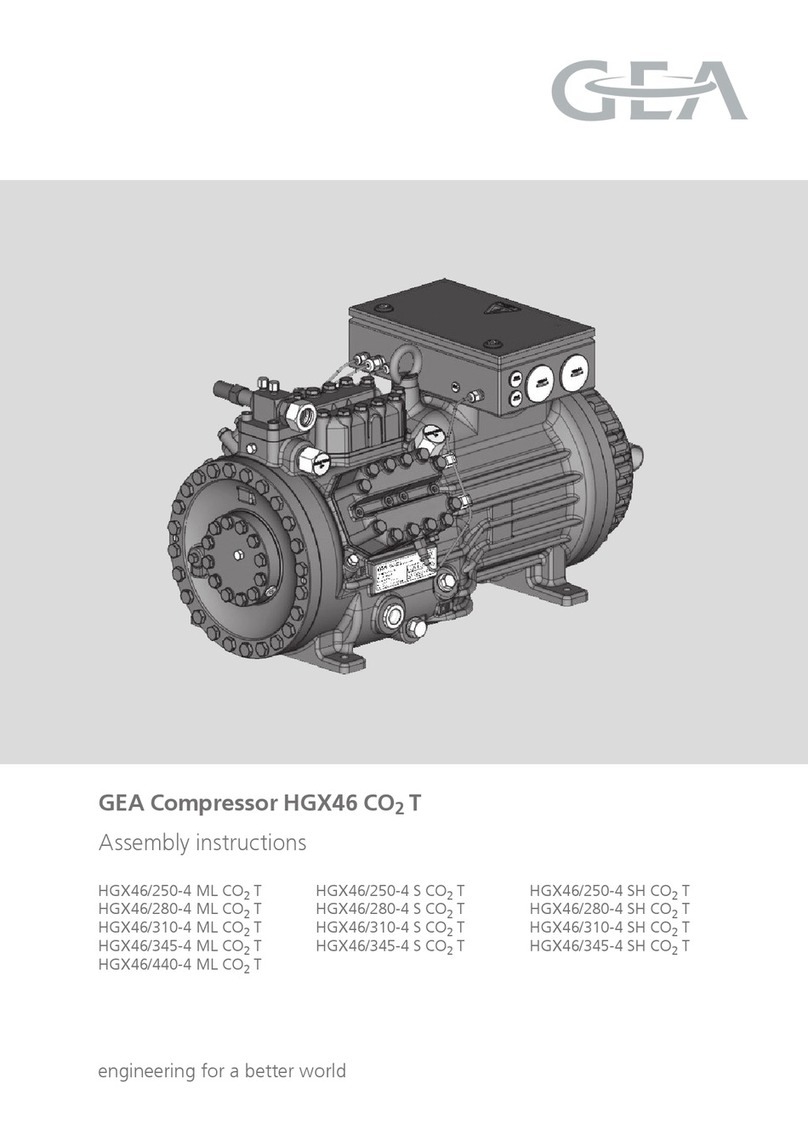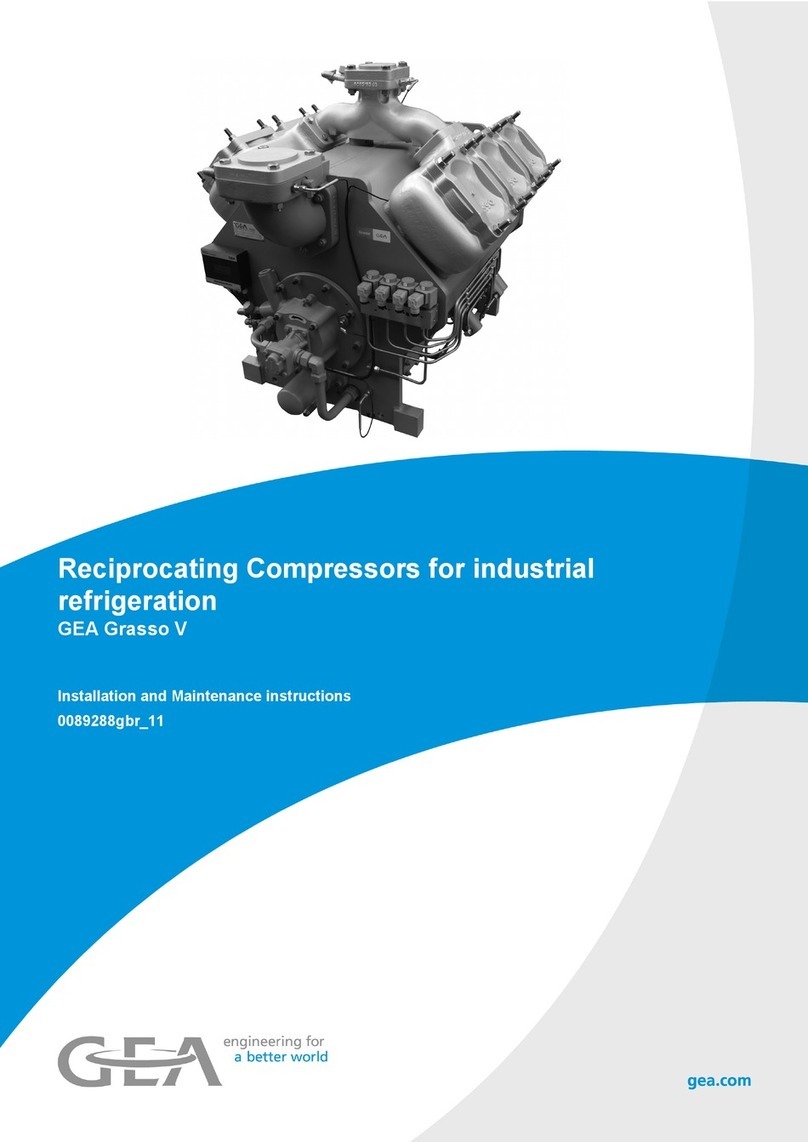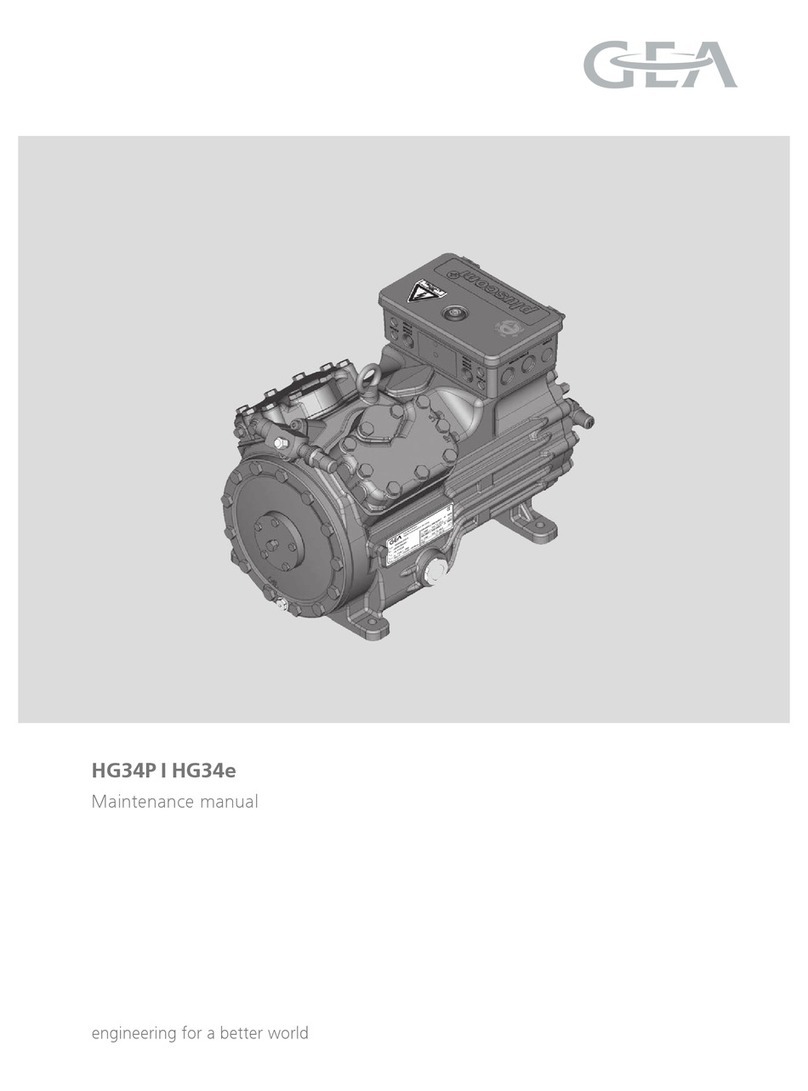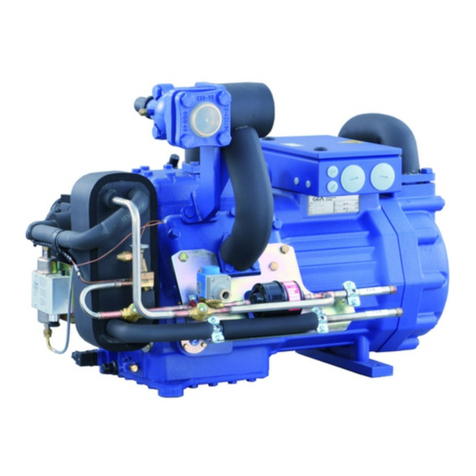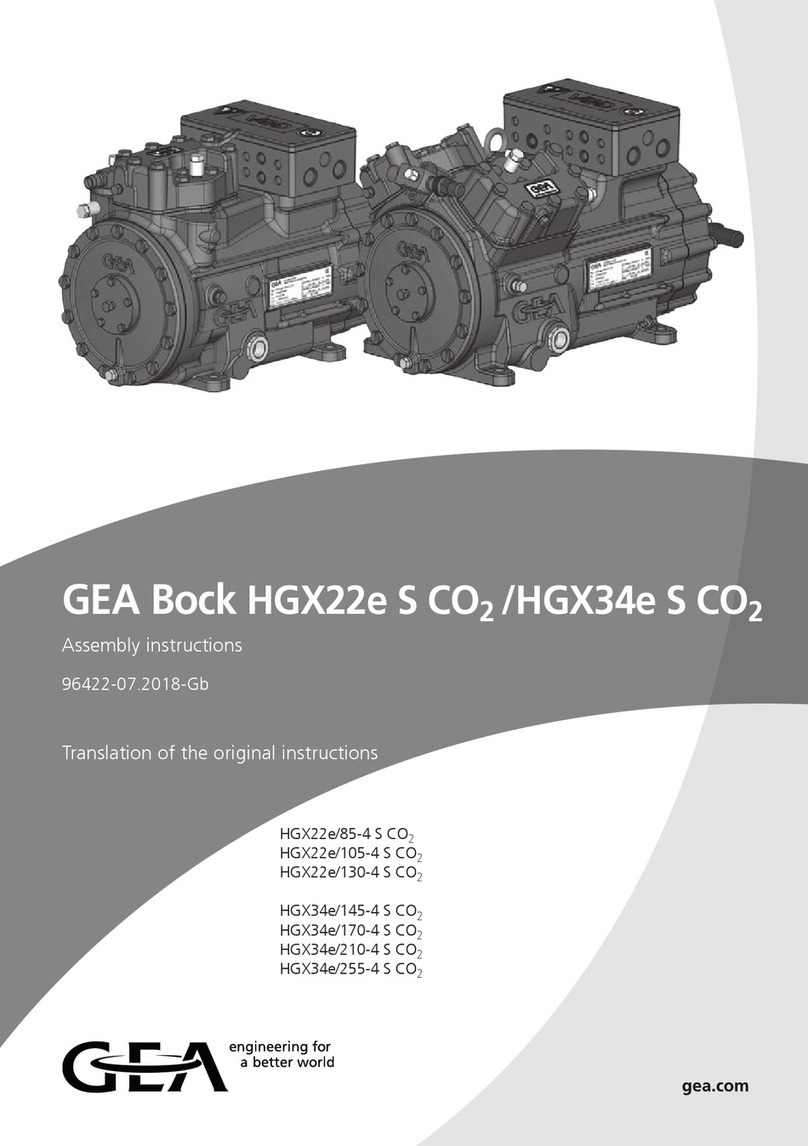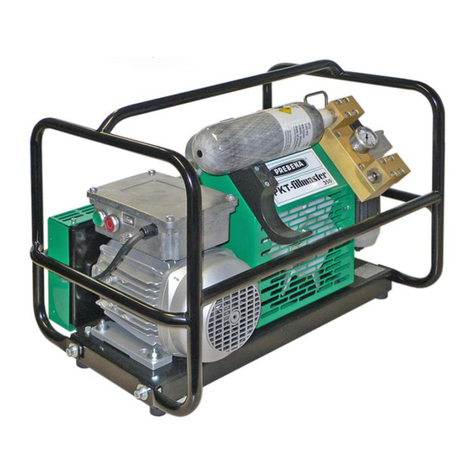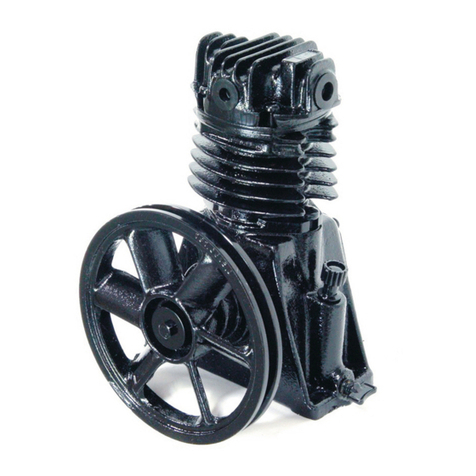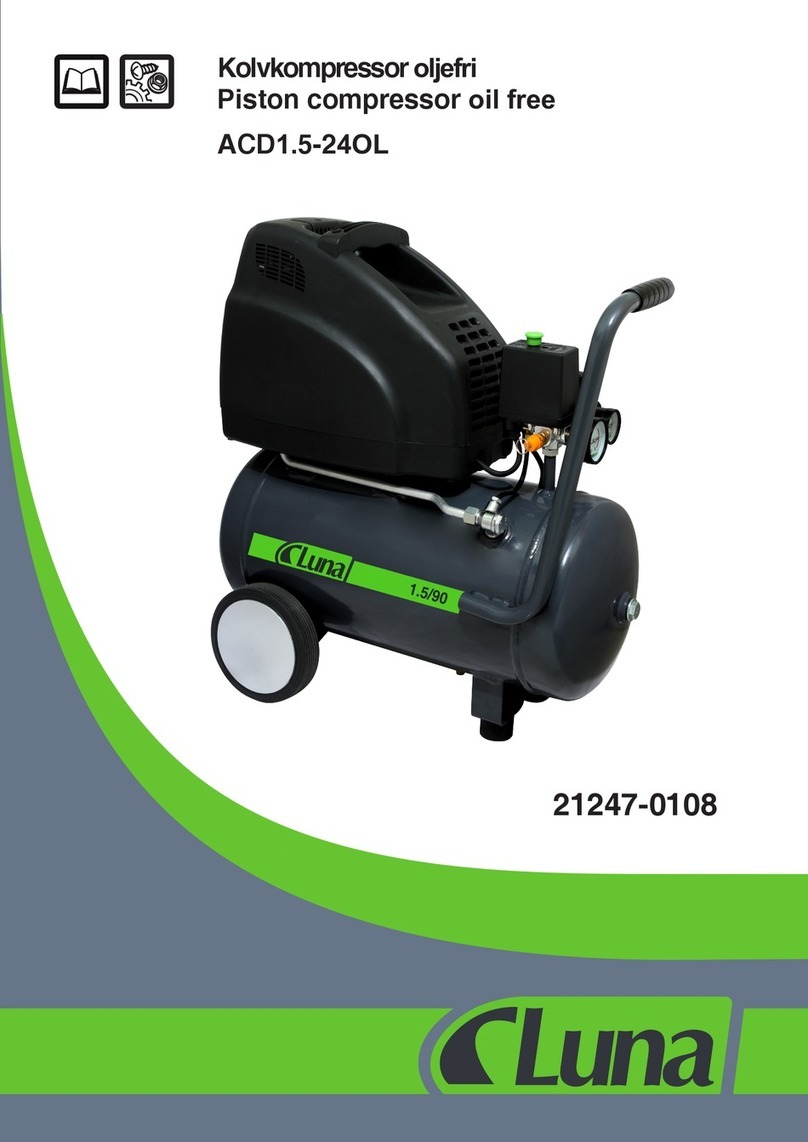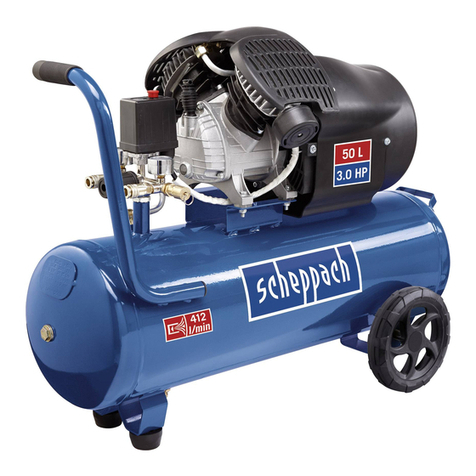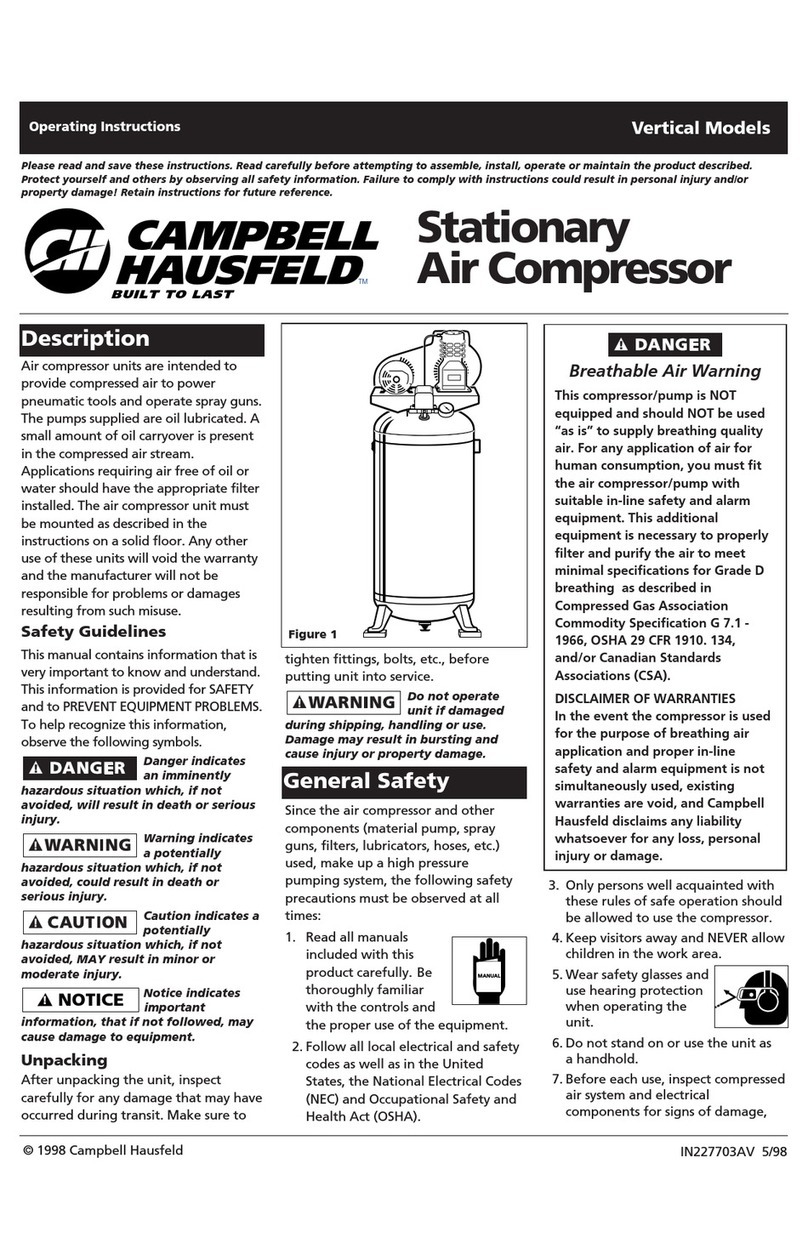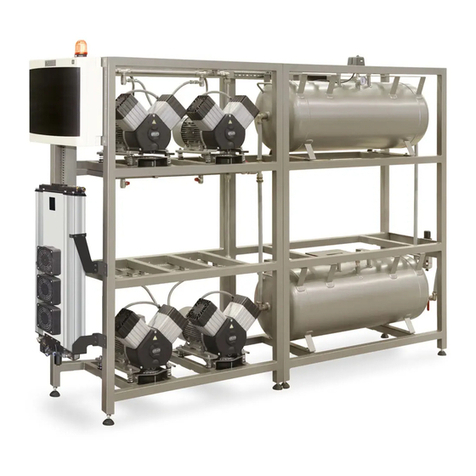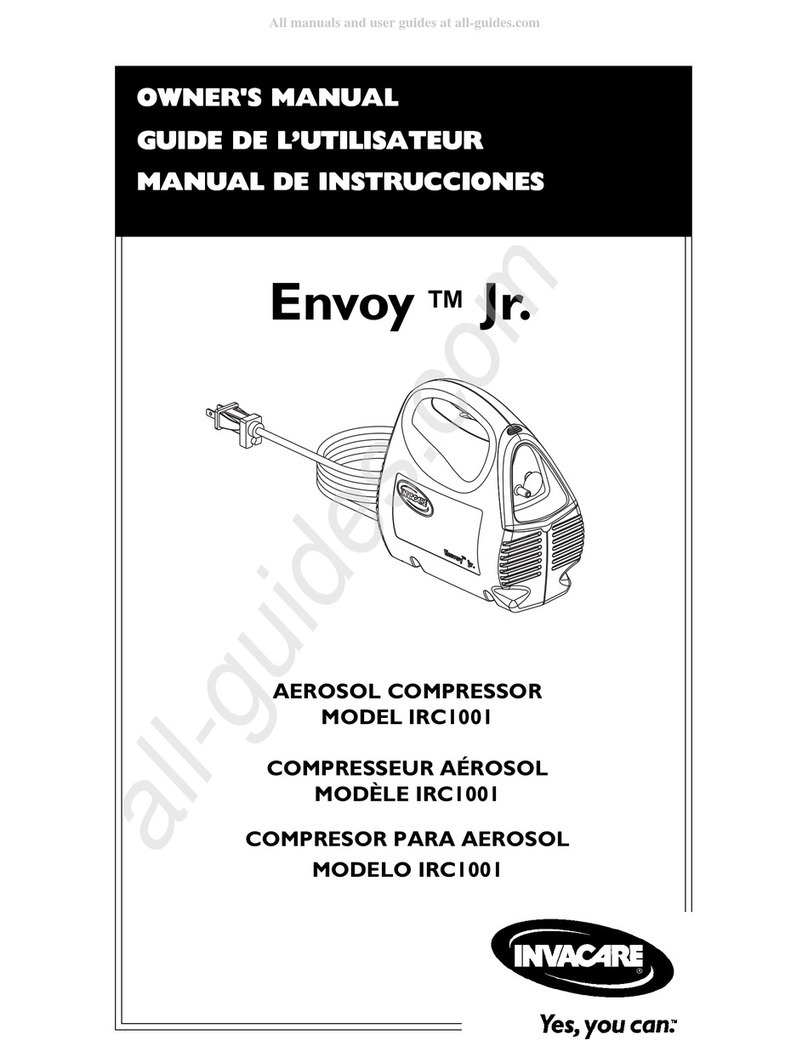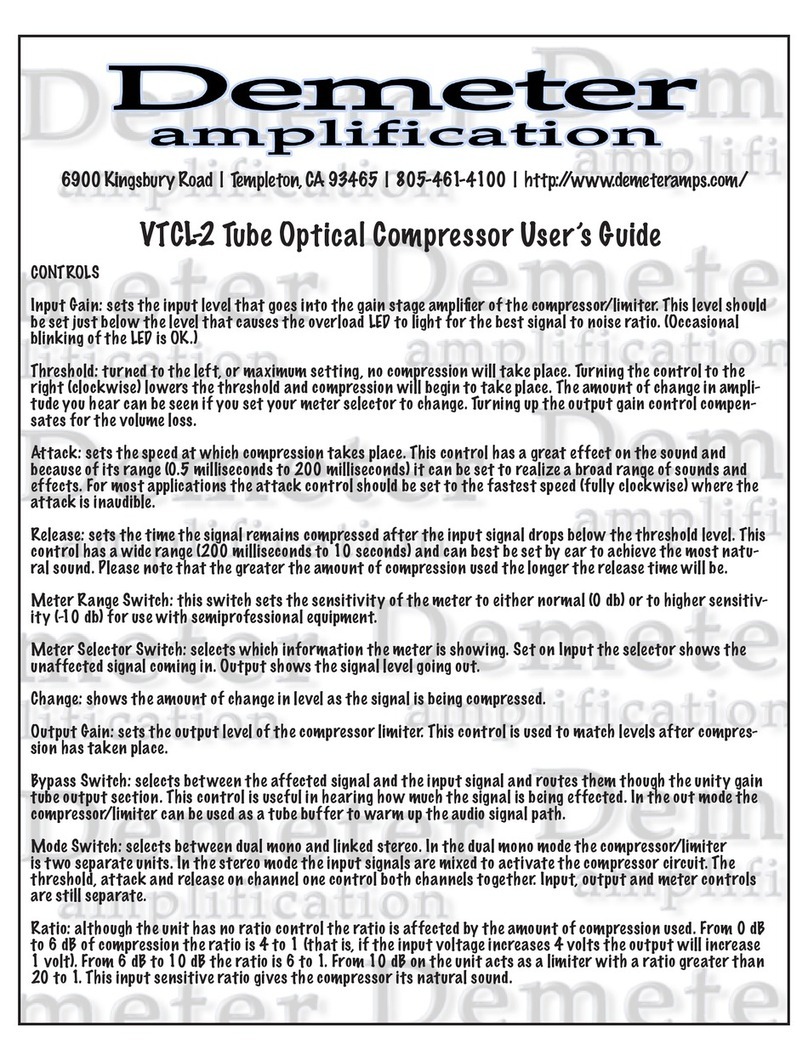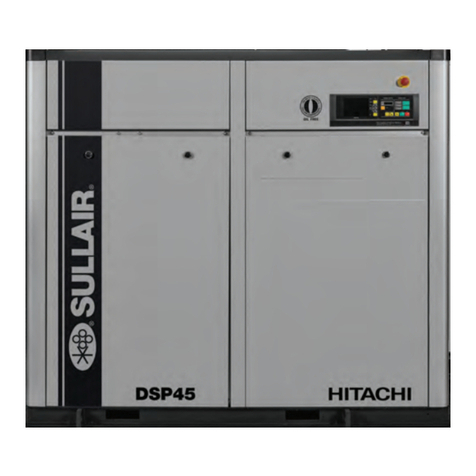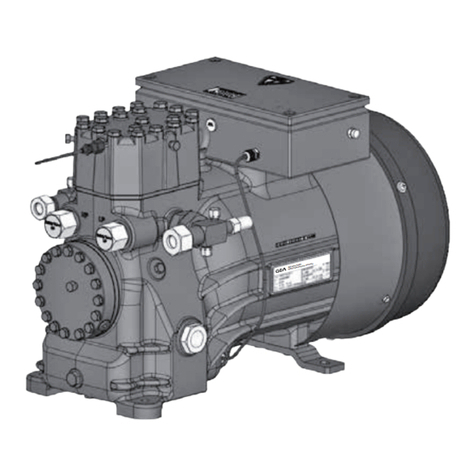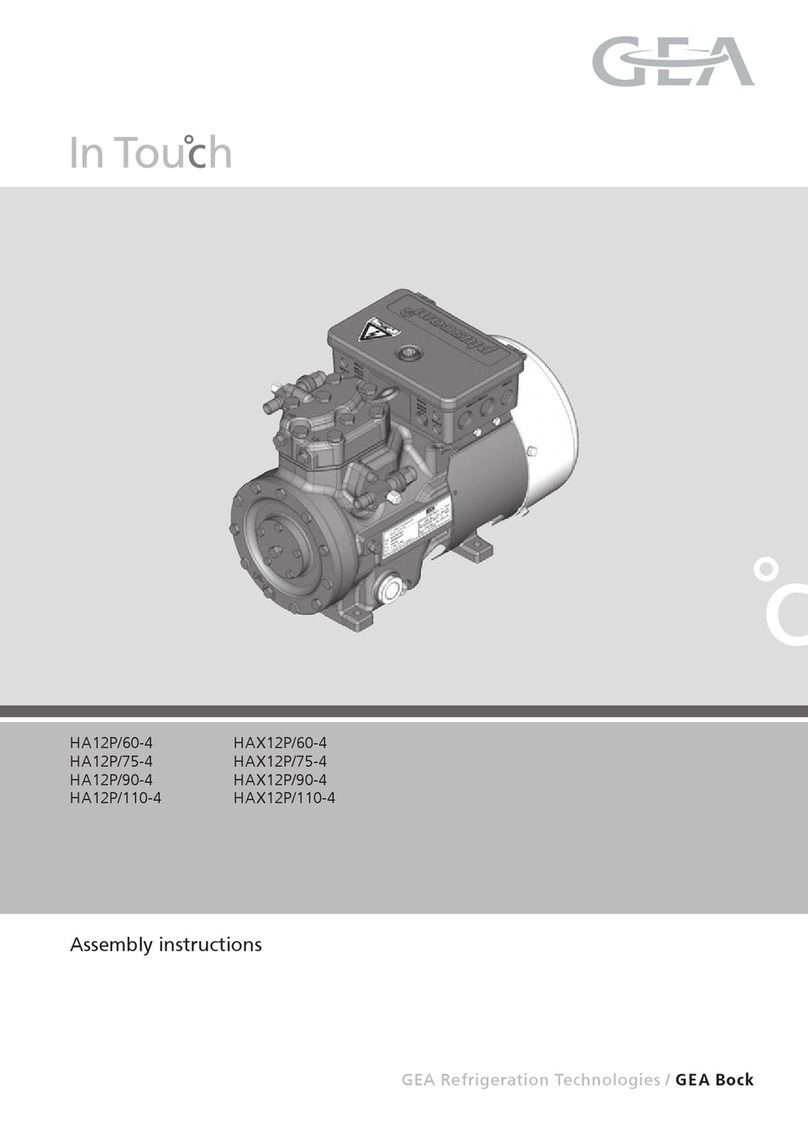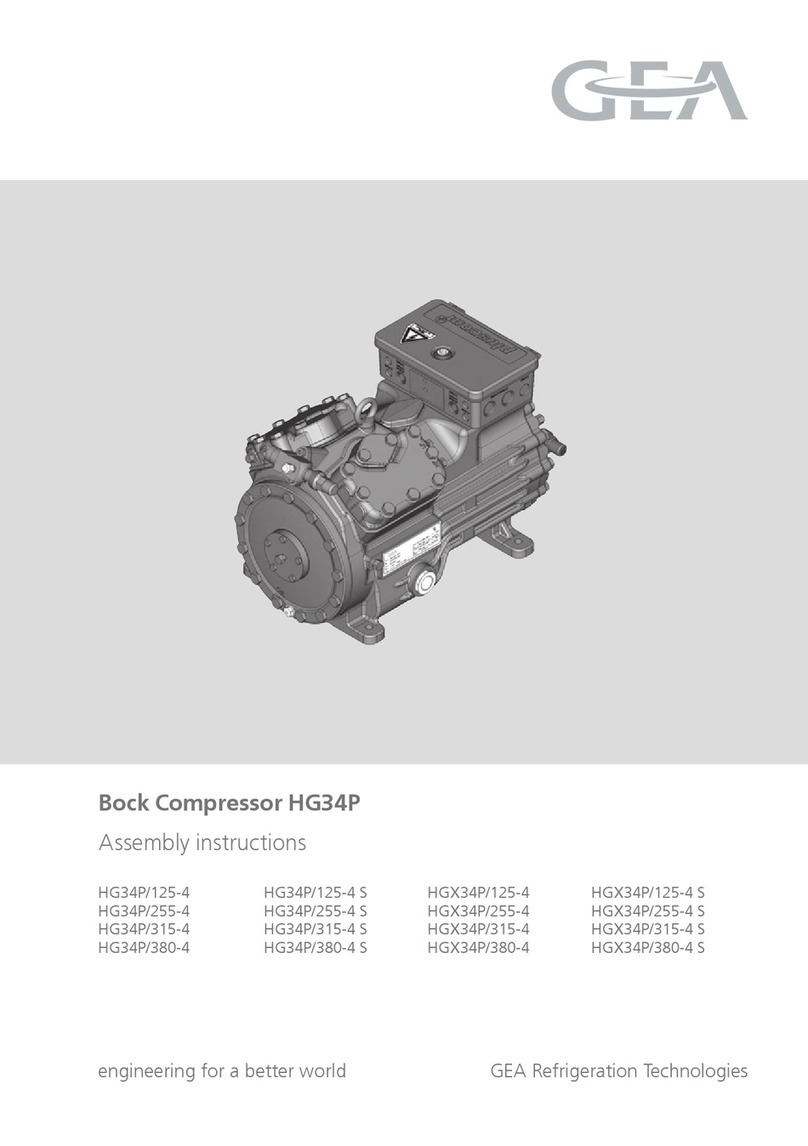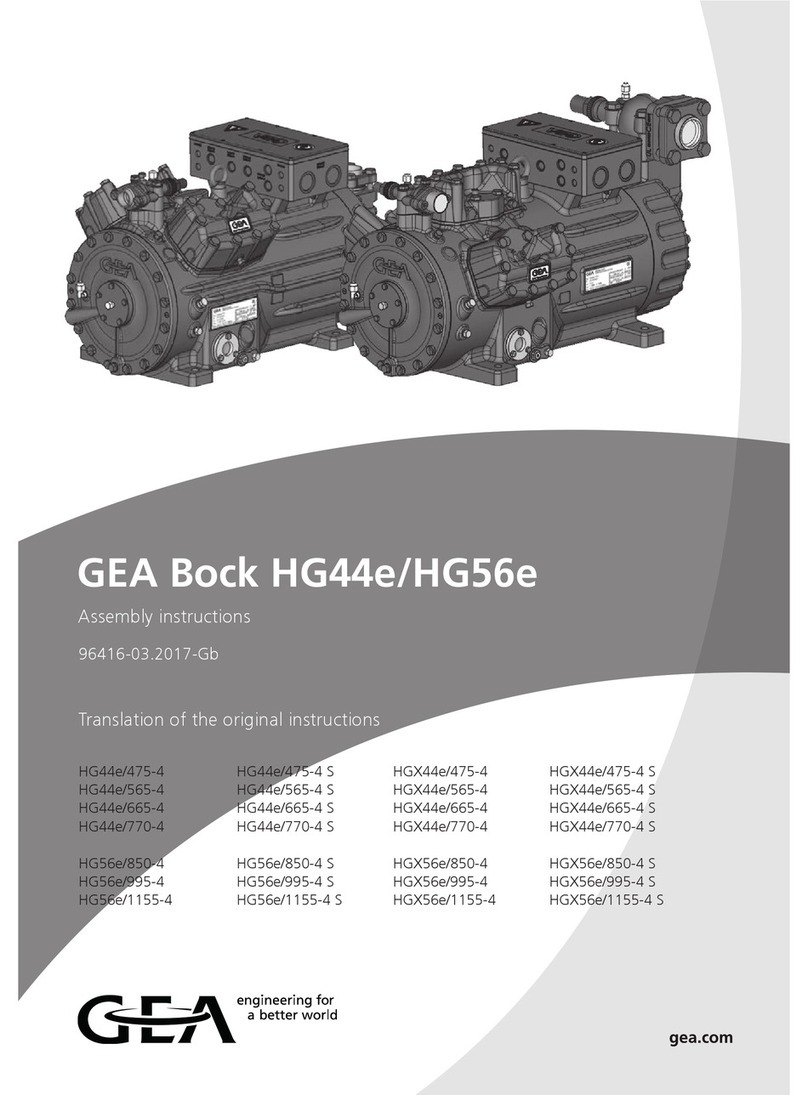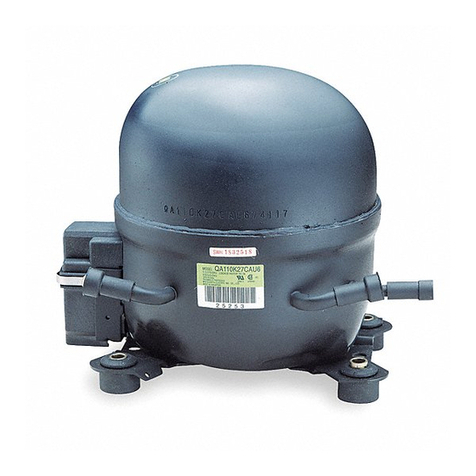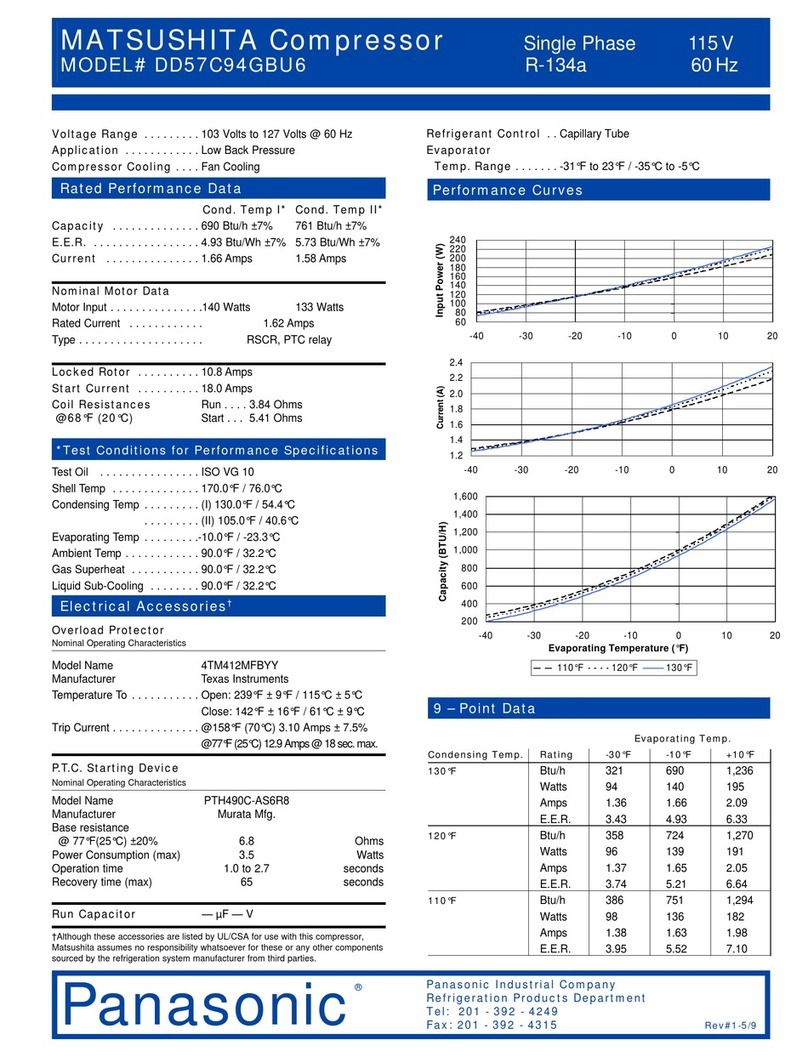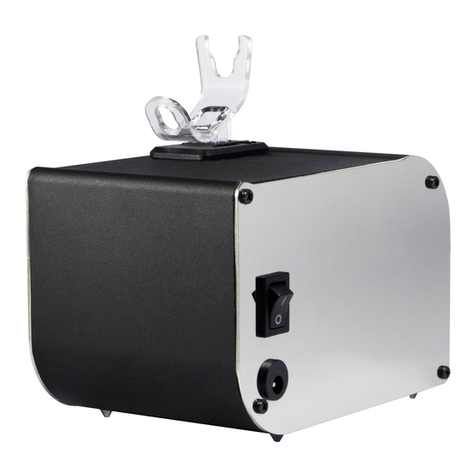
•The cleaner must not be exposed to gas and vapour instead of liquid, not
even briefly when starting the cleaning process and emptying pipes. High
speeds and increased friction could cause damage and ignition hazards.
•The cleaners must be filled with cleaning fluid without pressure and then
started gently. Filling under pressure would amount to a short-term operation
with gas or vapour, which can lead to ignition hazards. A sudden start can
lead to damage and thus to an ignition source. Pressure surges are to be
avoided.
•In the event of malfunctions, shut down the cleaner (disconnect from the
power, air and fluids supplies) and secure it against further use. Defects are
to be rectified immediately.
•The maximum operating conditions must be observed and monitored, see
Section 2.3, Page 10. There is the risk of excessive charge formation,
increased wear and leakages, see Section 4.2, Page 17.
•Observe the safety data sheets supplied by the detergent manufacturers. The
cleaner must only be operated with such cleaning detergents and used in
such mediums against which all materials used are sufficiently resistant. The
sealing materials must always be matched to the type and temperature of the
cleaning medium.
•During cleaning, liquids must be removed from the tank so that no
electrostatic charges build up in the liquid that could accumulate. During
cleaning, do not add any liquids in the container.
•At the start of tank or container cleaning, atmospheric conditions must be
present inside, see table "Conditions for starting tank cleaning" (Page 10).
•The cleaning medium must be removed after spraying and must not be
pumped through the cleaner again.
•The cleaner must be regularly checked for damage and function, taking into
account the operating conditions. GEA recommends a visual inspection at
every cleaning process.
•Maintenance of the ATEX cleaner is mandatory after a maximum of 150
operating hours. Maintenance-free cleaners (usually rotating cleaners) must
be inspected after a maximum of 150 operating hours and after a maximum of
3 years or 2500 hours of operation. Depending on the operating conditions,
the operator must specify shorter maintenance intervals or inspection
intervals.
•The performed maintenance must be logged.
•The user must ensure a loss-proof lead connection into the tank. For this,
GEA offers, among other things, suitable components and a mounting
system.
Safety
Safety notes
430BAL013060EN_4
08.09.2020 9
